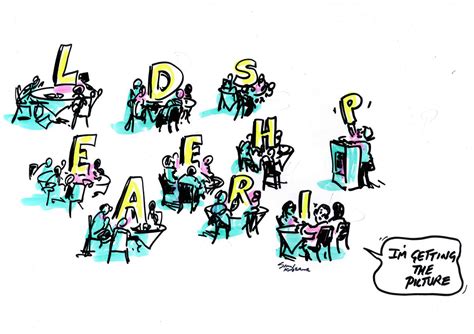Women Empowerment: A Long Way to Go
Women Empowerment and Gender Equality is still a distant dream for women in many parts of the world.

After years of perfecting dialogues designed to meet the needs of diverse communities, CIT began looking at ways to align its own operational structure with the dialogic practices used with our beneficiaries, and in particular how our own internal systems would allow for collaborative decision-making, self-determination and multi-stakeholder participation.
Over several years of programming as a US-based organization in the Central African Republic (CAR), CIT was able to explore various management structures from collaborations between independent consultants to hierarchical reporting structures. We found that when working in a space steeped in racial and ethnic power inequities, that self-managed local teams driving their own work led to the healthiest and most productive model of human resource management and program impact.
Top-down control was thus replaced with distributed leadership.
New internal systems around decision-making, resource flow, information sharing, feedback and conflict engagement were established and institutionalized in our by-laws to form the bases for our interactions inside the organization. For example:
A diverse number of professionals in the field of peace-building were invited to constitute CIT’ Board of Directors, including local representation from countries where CIT intervenes. Local Boards were also established to guide the work of frontline organizations emerging as a result of our work. Investments in translation and technology were made to build up and ensure broad access to decision-making spaces, particularly during a pandemic year when public WiFi spaces closed down and isolated some of our overseas members. The purpose shared by those who join the Board is to support our frontline workers and we do so using the following principles:
Legal requirements obligated CIT to create officer positions on the Board which provided again an opportunity for CIT to design a governance structure using an equity lens. In March 2020, with guidance from a liberation systems expert, Uma Lo and training inspired by Frederick Laloux’s Reinventing Organization framework, the Board formed an Officer Task Force (OTF) to propose 1) roles and responsibilities for CIT’ Board officer positions; and 2) a process for selecting CIT Board officers.
Critical structural components of CIT’s system of governance designed by the OTF include:
CIT’s governance structure is designed to give all CIT members agency within CIT and to enable people to contribute to decisions that affect their lives, all the while being supported by a Board that seeks to advance the work of frontline practitioners to fulfill the mission of the organization.
